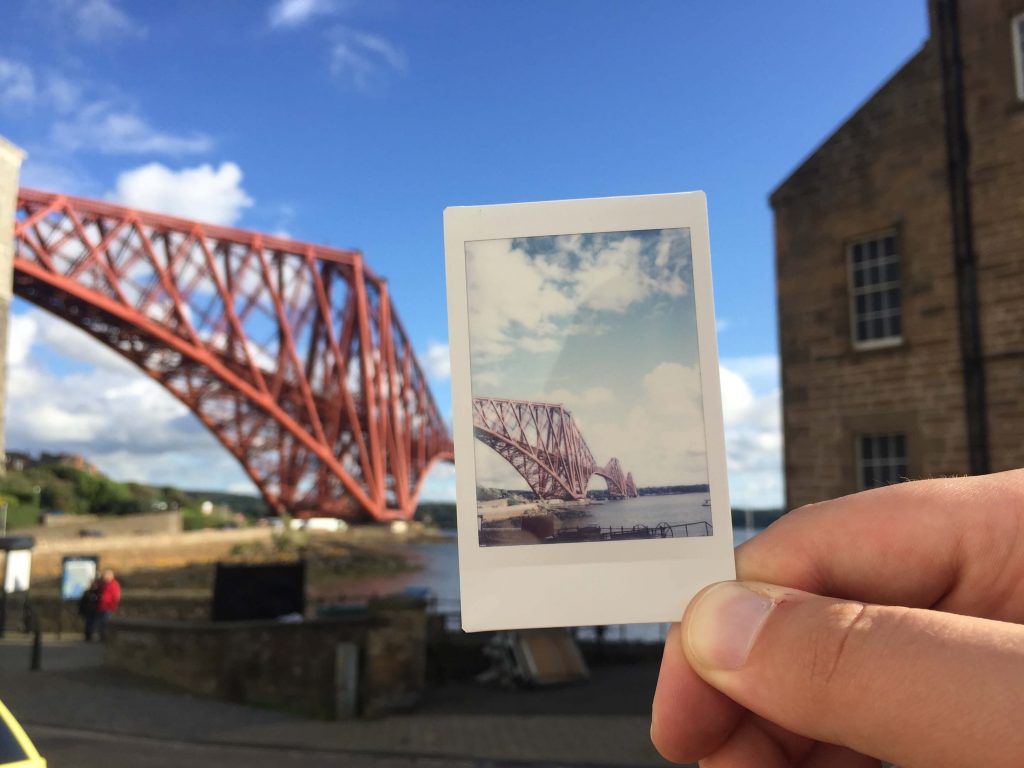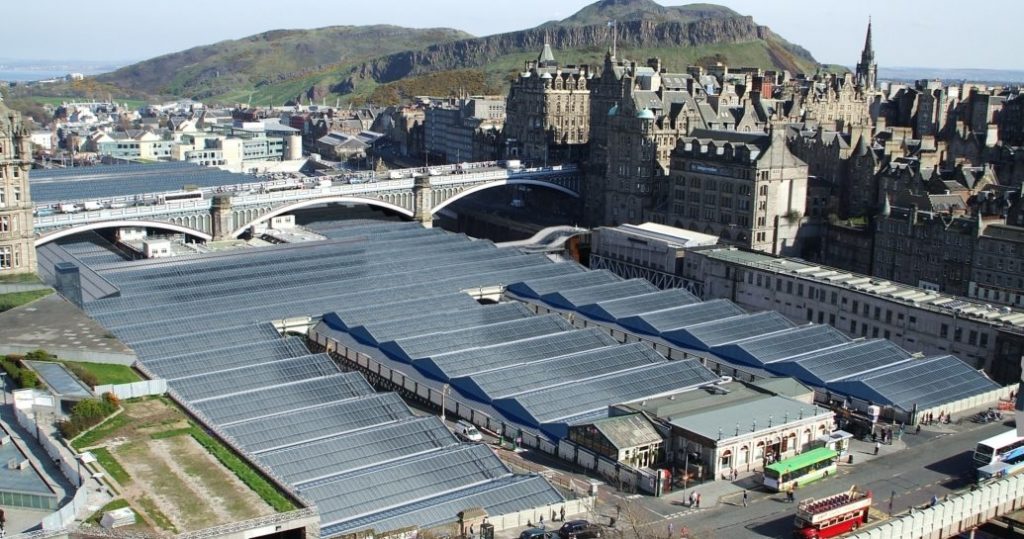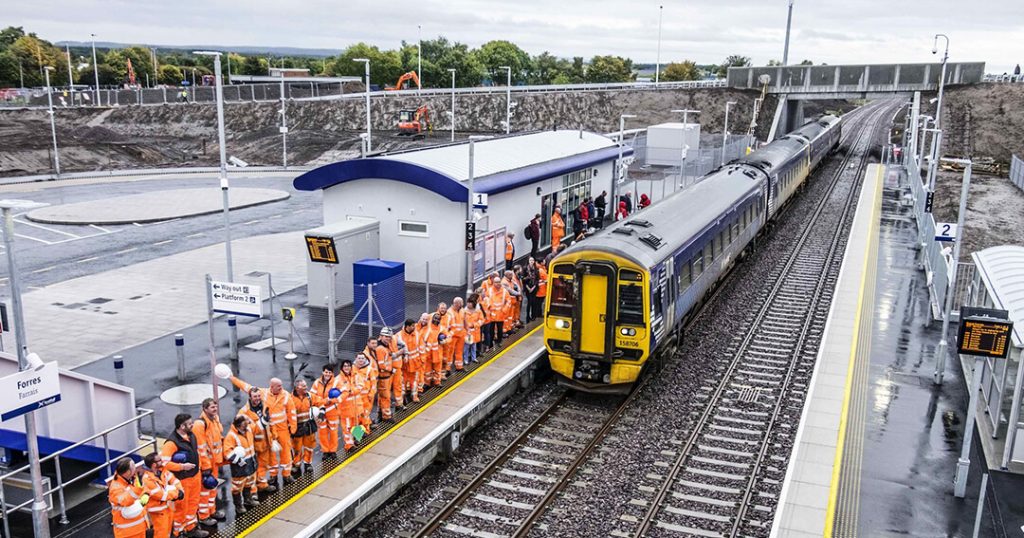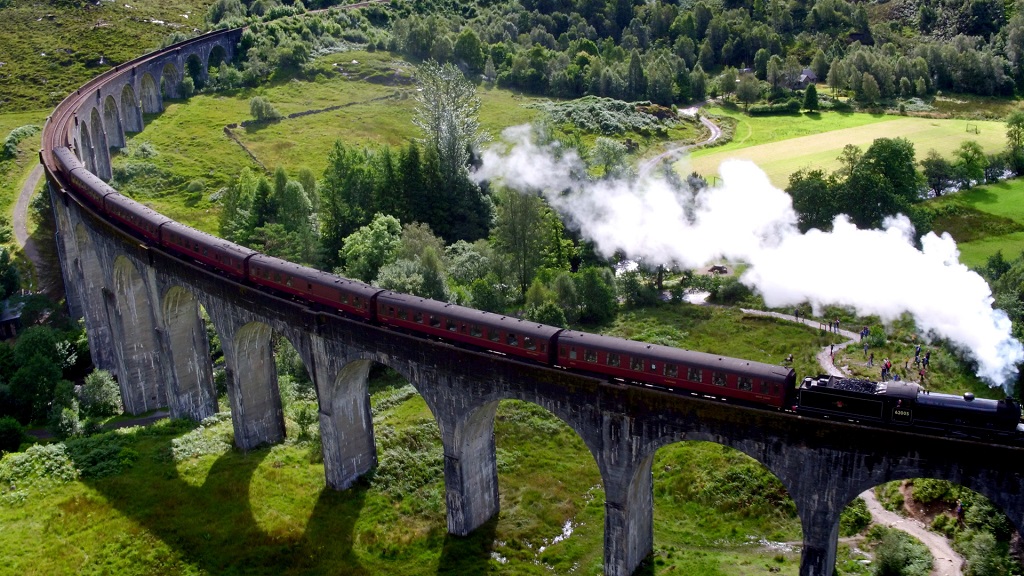It’s home to more than 17% of Britain’s rail infrastructure and some of our most scenic lines. We look at the biggest improvements for passengers on Scotland’s Railway.
Scotland’s Railway is one of Network Rail’s five regions, which support the routes across Britain to bring our people closer to our passengers and the communities we serve. It covers a particularly large geographical area, from the Borders to Thurso at the far tip of the North East of the country.
It provides rapid access along busy commuter routes to major cities. In normal times, more than 2,500 daily services support the needs of communities and business across Scotland and the border to England.
People and the railway: reconnecting Scotland
Film: the Magic of the Glenfinnan Viaduct
Glasgow Queen Street: seven things you didn’t know

Scotland’s Railway in numbers
- More than 17% of Britain’s railway
- 2,500 passenger and 50 freight services a day in normal times
- 4.4m tonnes of product transported to, from and within Scotland between 2018 and 2019
- 4,715 bridges owned and maintained by Network Rail
- 591 level crossings managed by Network Rail
- 4,326 signals and 359 stations
Essential upgrades for passengers
Big improvements to Scotland’s Railway in recent years have included the opening of the Borders Railway in 2015. It was the UK’s longest new domestic line in more than 100 years and reconnected local communities with Scotland’s capital by rail for the first time since 1969.
The scenic, 30-mile line takes passengers between Tweedbank and Edinburgh in less than an hour. The Borders Railway described the reopening as “a new golden age of rail”.
Between 2014 and 2019, we electrified 325 km of Scotland’s central railway: between Edinburgh and Glasgow, Cumbernauld and Glasgow, Holytown and Midcalder and from Grangemouth through Falkirk and Stirling to Alloa and Dunblane. Electrification means quieter trains that are more environmentally-friendly.
What are our current projects to create more space on the railway, improve journey times and the frequency of services, and enhance facilities for customers?
A bigger, brighter Glasgow Queen Street
Delivering a modern and fully accessible transport hub at Glasgow’s gateway to Scotland is one of our largest projects in Scotland.
We’re redeveloping Glasgow Queen Street to give passengers:
- A contemporary building
- An expanded concourse
- Improved, fully accessible, entrances on Dundas Street and George Square
- New station facilities including accessible toilets, lost property and ticket office, as well as space for retail
- Extended platforms to accommodate longer trains of up to eight carriages.

The £120m redevelopment of Glasgow Queen Street station is part of the Edinburgh Glasgow Improvement Programme (EGIP), a Scottish Government investment in the railway infrastructure across central Scotland. Work started in November 2017 with the demolition of the former ticket office and staff accommodation block to clear the space needed to lengthen the platform.
The coronavirus pandemic forced building work to stall in the spring but our teams are now back on site to complete the project.
Follow the project on Twitter – @NetworkRailGQS – for the latest updates.
Edinburgh Waverley Masterplan

We’re busy creating a vision for the future of Edinburgh Waverley station to meet long-term demand from passengers.
In normal times, the number of people using the railway substantially increases, putting more pressure on the supporting infrastructure – including stations.
Led in partnership by Network Rail and City of Edinburgh Council, the Waverley Masterplan will form a framework for the evolution of the station over the short, medium and long term.
Crucially, it will consider the public areas immediately out with the station as well as the grounds of the facility itself. As a result, the masterplan will require the input of a diverse range of interested parties.
Read the Waverley masterplan proposals to find out more about the work of the masterplan group and how we’ve arrived at the recommendations to date.
An incredible visitor experience goes Forth!
We’re inching closer to an incredible Forth Bridge Experience for visitors; we’re looking for a main contractor to design and build the attraction so sightseers can take in fantastic views. We aim to appoint a contractor by the end of the year and start work on site next year.
The plan is to create a new hub at the bridge where the public can access the world-famous structure and explore its heritage as well as the outstanding views from 367 ft (110m) above sea level.

Groups of up to 15 people will put on safety harnesses before being led out onto the bridge’s south cantilever, walking up to a viewing point at the top using walkways built into the structure. Between three and four groups an hour will be permitted on the bridge, with each tour expected to last around two and a half hours.
The Forth Bridge has been a UNESCO World Heritage Site since 2015, giving it the same status as the Taj Mahal and the Great Wall of China.
Aberdeen to Inverness

We’re upgrading the railway between Aberdeen and Inverness to improve connectivity, support more services and improve journey times on the line, which is is about 108 miles long.
The Aberdeen – Inverness Improvement Project is a Scottish Government-funded project that will be delivered in phases and provide incremental benefits throughout the work.
The long-term aims include:
- two-hour journeys end to end
- an hourly train service
- better commuter services
- more opportunities for freight opertors.
In March, we shared how the new Kintore station on the line would lead the way in encouraging greener commutes as additional Scottish Government funding was secured to increase the number of electric charging bays at the station. A total of 24 of the 168 spaces at the new transport hub will be for electric vehicles – a massive increase on the two spaces originally planned for the facility. We’re building a new station at Kintore to reconnect Kintore to the railway for the first time in 56 years.
Its construction follows the opening of the new Forres station in 2017, also part of the Aberdeen-Inverness Improvement Project, close to the old Forres station.
Did you know?
- The Forth Bridge was the first major structure in Britain made of steel. Its construction resulted in a continuous East Coast railway route from London to Aberdeen.
- Techniques used in a refurbishment of the Forth Bridge beginning in 2001 put an end to the myth that painting the structure is no longer a never-ending task!
- The Tay Bridge is two miles and 73 yards (3286m) long but it can vary in overall length by as much as 3ft 9in (1.14m) due to thermal expansion.
- The Glenfinnan Viaduct – one of the world’s most famous pieces of railway infrastructure – is the longest mass concrete rail bridge in Scotland.
- For decades, a myth said a horse and cart fell inside a pier of the Glenfinnan Viaduct during construction, in about 1899. In 2001, radar imaging proved there was a grain of truth in the story but that it in fact happened at another McAlpine concrete rail bridge – the nearby Loch nan Uamh Viaduct.
- The Glasgow Central station Signal Box built in 1908 was placed between the two approach bridges, over the River Clyde on a cantilever. This was because no space could be found to build it on land.




